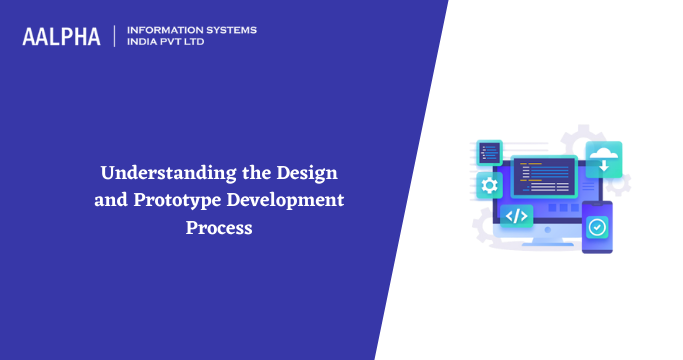Typically, the product development process begins with the design phase and progresses through the prototype phase. Prototyping is a critical stage in the development of new goods or technologies. It is a tangible manifestation of conceptual design used to show and validate different parts of it.
A prototype may range from a modest hand-crafted model to a fully functional depiction of how the conceptual design appears and functions in real-world situations. Manufacturers can quickly produce a prototype in less time and validate the design thanks to advancements in fast prototyping. This prototype assists in persuading buyers and expanding the product’s market.
Techniques for Quick Prototyping
Rapid prototyping methods affect businesses in various ways, from cost reduction to increased productivity. The term “rapid prototyping” refers to a group of techniques that allow physical prototypes or products which are created in a fraction of the time typical manufacturing operations need. Rapid prototyping has simplified, accelerated, and reduced the time required to produce prototypes. The product is manufactured using CAD model data through a 3D printer or another additive layer manufacturing method.
Classifications of Prototype
A prototype may be classified according to its conceptual design and the ultimate product under development.
- Prototype in Use
A functional prototype is created that embodies virtually all of the final product’s features and functioning.
- Prototype Visual
A visual prototype depicts a conceptual design’s form, proportions, and look but does not reflect the actual product’s functioning. This development procedure for prototyping is more straightforward than the previous one.
- Prototype for the User Experience
It is constructed to accurately portray the final prototype’s features, which are intended to be utilized in further research.
- Prototype with Functions
However, a functional prototype may be developed by employing a different technology and be smaller than the final product, making it less similar to a functional prototype.
The Key Role Of The Prototyping Process
The stage of prototyping is essential in the creation of a new product. A prototype built from the conceptual design assists in determining several critical characteristics of the final product, as stated below.
-
Design Evaluation and Validation
Using a prototype, the design may be assessed in real-world situations, examining individual components. This helps the manufacturer to ascertain whether aspects of the design should be abandoned or updated that were not feasible on paper. Additionally, the manufacturer can conduct real-world testing and assessment before entering the manufacturing phase.
-
Cost and Issues in Manufacturing
Creating a prototype before mass production helps the producer examine whether or not the manufacturing method requires modification. This allows for the lowest possible manufacturing costs. Any difficulties encountered throughout the manufacturing process may be identified, allowing the producer to choose the most cost-effective and error-free manufacturing approach.
-
Product Disposition
Instead of conceptual design, a prototype will attract more buyers. It is far simpler to sell a prototype than it is to sell a conceptual design since it is difficult to convey the idea to every consumer. When the customer is considered throughout the prototype development phase, the manufacturer can alter any aspect of the design in response to the customer’s feedback, which is unavailable after the product is created.
What Is The Distinction Between A Prototype And The Final Product?
Although engineers and dedicated developers make every effort to reduce the disparity between the prototype and the finished product, a prototype may vary significantly from the final product in terms of material composition, machining method, and appearance.
Because the material used in the final product is costly and complex to create, a prototype is often constructed using a material that is inexpensive and simple to fabricate but has the same attributes as the final product. In certain circumstances, the material used in the final product is unavailable, and the prototype is constructed using a material identical to that used in the final product. Due to the material variance, the final product’s look and finish may vary from the prototype.
Because final items are often mass-manufactured, the manufacturing process may vary, as the product is frequently made using a cost-effective and time-saving mass-production approach. This manufacturing procedure cannot be utilized often for prototypes since the materials used are frequently not the same. Additionally, since the final product’s production methods may be complicated, the prototype is often created straightforwardly. Additionally, this might result in a visual difference between the final product and the prototype.
Remarks at the End
The process of prototype creation is critical to the industry. Several mistakes in the conceptual design are eliminated via the usage of the prototype. Moreover, which would have generated numerous issues throughout the product development process. While there may be changes between the prototype and the final product, the prototype serves its intended function in all cases and contributes to the product development process in several ways, as detailed above.
Any queries? feel free to contact UX design company and get a free quote today!
